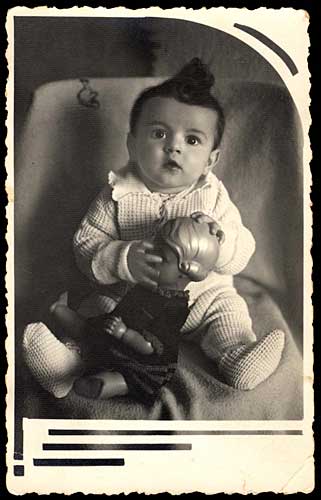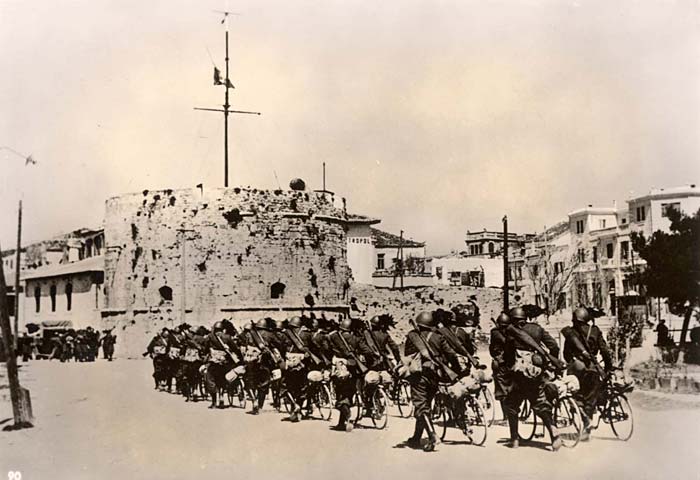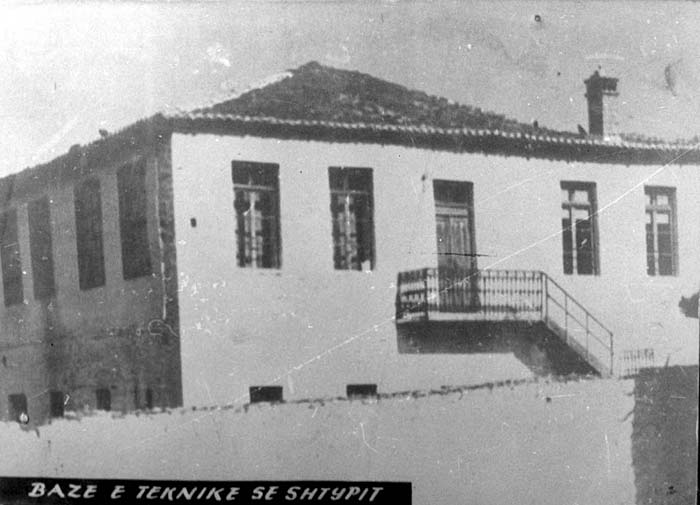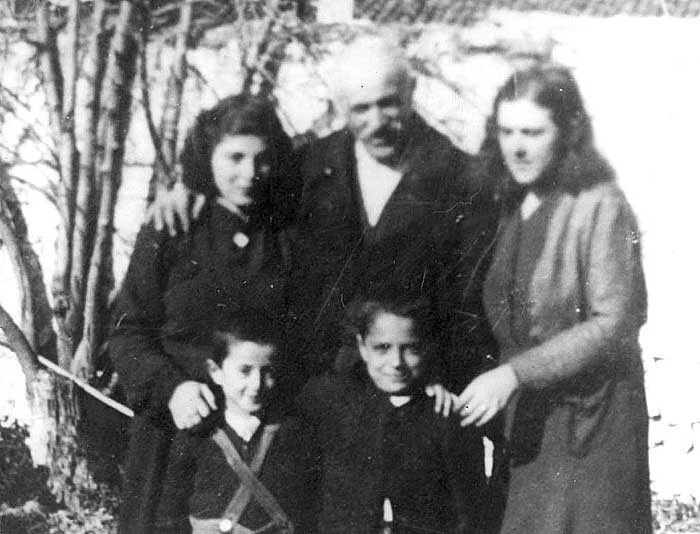“Where Religious Prejudice and Hate Did Not Exist”
Herman Bernstein, the United States Ambassador to Albania, in 1934
The situation for Jews in Albania during the Holocaust is unique. Almost all Albanian Jews during the Second World War were saved from Hitler’s “Final Solution.” This is remarkable, and a circumstance that cannot be found in any other occupied country in Europe. How did this happen? Why was Albania good to its Jews?
History of Jews in Albania
A Jewish presence existed in Albania since the second century C.E. when a wave of Romaniote Jews immigrated to the north of the country. At the end of the 14th century, Romaniote Jews from Greece immigrated to Albania, with their unique customs and traditions. At the end of the 15th century during the Spanish Inquisition, the Turkish Sultan invited the Jews to live under Moslem rule in the Ottoman Empire and this brought Sephardic Jews to Albania. Though life for Jews was not always perfect, it proved to be a safe haven for centuries. Jews continued to emigrate from Greece in the 18th and early 19th centuries, arriving in Albania, settling in Vlora. Until World War II, the Jews of Albania maintained contact with the Jews of Ioannina and Corfu in Greece, and relied on these larger and more established communities to periodically provide a rabbi, cantor, and mohel (person who performs ritual circumcision) for their religious needs.
Before the 1930s some two hundred Jews lived in Albania. With Hitler's rise to power and an increase in antisemitic activities, Jews felt threatened in their own countries,and began migrating from their homes in western and central Europe. By the outbreak of World War II, between six hundred and 1,800 refugees had arrived in Albania, from Germany, Austria, Serbia, Greece, and Yugoslavia, on their way to the United States, South America, Turkey, and Palestine. On the whole, Albania did not discriminate against its Jews. Due to Albania’s liberal visa application process, Jews began coming from all over Europe, and once the United States closed its door to them in 1938 and the Italians invaded in 1939, they realized that they would have to stay in Albania for the duration of the war. They did not realize at the time how lucky it was to have ended up there.
Italian Occupation
When the Italians arrived in Albania they announced some anti-Jewish rules but the restrictions were not nearly as harsh or severe as those in German occupied countries. Jews were allowed to celebrate holidays and did not need to hide their identity. In Albania proper, Jews were not required to wear a “J” or “Jew” on their clothes (see Jewish Badge). However, life was different in the annexed territories such as Kosovo, which was brought under Albanian control in 1941. The Germans demanded that the Jews of Pristina be handed over to them. The Italians refused, but eventually agreed to hand over prisoners. Among the prisoners were sixty Jews, who were then murdered. Jewish refugees from other parts of Yugoslavia who had reached Pristina were transported to the older areas of Albania, where they were housed in a camp at Kavaje. Eventually some two hundred refugees were in this camp. The conditions there were poor, but the inmates could leave the camp during the day. About one hundred Jewish men from Pristina, later joined by their families were taken to Berat. In Berat, many were aided and protected by local Albanians. Smaller numbers of Jewish refugees could also be found in other localities, including the capital Tirana. Eventually, many of these Jews were turned over to the Nazis, and four hundred were shipped to Bergen-Belsen.
German Occupation
In September 1943, after the change in Italy's government, Albania came under German control. The Germans requested a list of Jews living in Albania, and the Albanian government refused, reassuring the Jews that they would be protected in their country. However, this did not remove all potential danger from the Jews of Albania.
All around them Jews were being deported to concentration and death camps. In fact, the Jews of Vlora were almost wiped out when the Nazis prepared a list and planned to arrest them. However, that night the partisans came down to the city and began singing and dancing as a symbolic gesture of defiance. The Germans decided to depart that night, saving the lives of the Jews of Vlora.
The Righteous of Albania
Albania, the only European country with a Muslim majority, committed itself to saving all of its Jewish inhabitants. Almost all Jews living within Albanian borders during the German occupation, those of Albanian origin and refugees alike, were saved, except members of a single family. Ultimately, there were more Jews in Albania at the end of the war than before.
You can find more information on Albanians who have been recognized as Righteous Among the Nations, on the Yad Vashem website.
Teaching about Albania during the Holocaust
The story of Albanian Jews during the Holocaust is not complete without the story of the Albanians, both Muslim and Christian, who defied the Nazis and hid hundreds of Jews in their homes, preventing them from being murdered. This hospitality and heroism is worthy of discussion in the classroom.
In addition, many people are unfamiliar with the story of Albania during the Holocaust, and this country does not often arise when considering topics for educational purposes. However, teaching students about the geographic breadth that the Holocaust encompassed is important in helping them understand even further complexities about the period. It also expands their associations with the Holocaust, not limited to Germany, Poland, and concentration camps. On a lighter note, this is a happier story as the Jews were saved and people showed kindness and compassion to them. This is an excellent segue to the discussion of Righteous Among the Nations.
There are several resources that you may use in your classroom to develop this topic further:
- Rescue in Albania by Harvey Sarner is a short book with a detailed look at the history of Albania and its Jews from the establishment of the community through the post-World War II era. I do not recommend assigning this book as reading, but an educator may lift pieces that relate to the topic at hand.
- Yad Vashem’s exhibition called “Besa: A Code of Honor” discusses Muslim Albanians who rescued Jews during the Holocaust. Focusing on six Righteous Among the Nations, this online exhibit tells just a handful of stories of those who were saved and their rescuers.
- The interview in this newsletter on the Romaniote Jews of Ioannina, Greece. Intertwined with photographs, this article with accompanying slides discusses the unique traditions of the Romaniote Jews, who also maintained a strong community in Albania.
Every place and every person tells their own story. Teaching the Holocaust from the perspective of countries in southeastern Europe undoubtedly teaches the complexities of the period. In the case of Albania, the situation was especially different than in any other country, both in the way Jews were treated and how they were welcomed in and saved. At a time when the world closed its doors, Albania extended its arm of hospitality. Even among the devastation and death, there were heroes and rescuers and this is important to teach as well.











